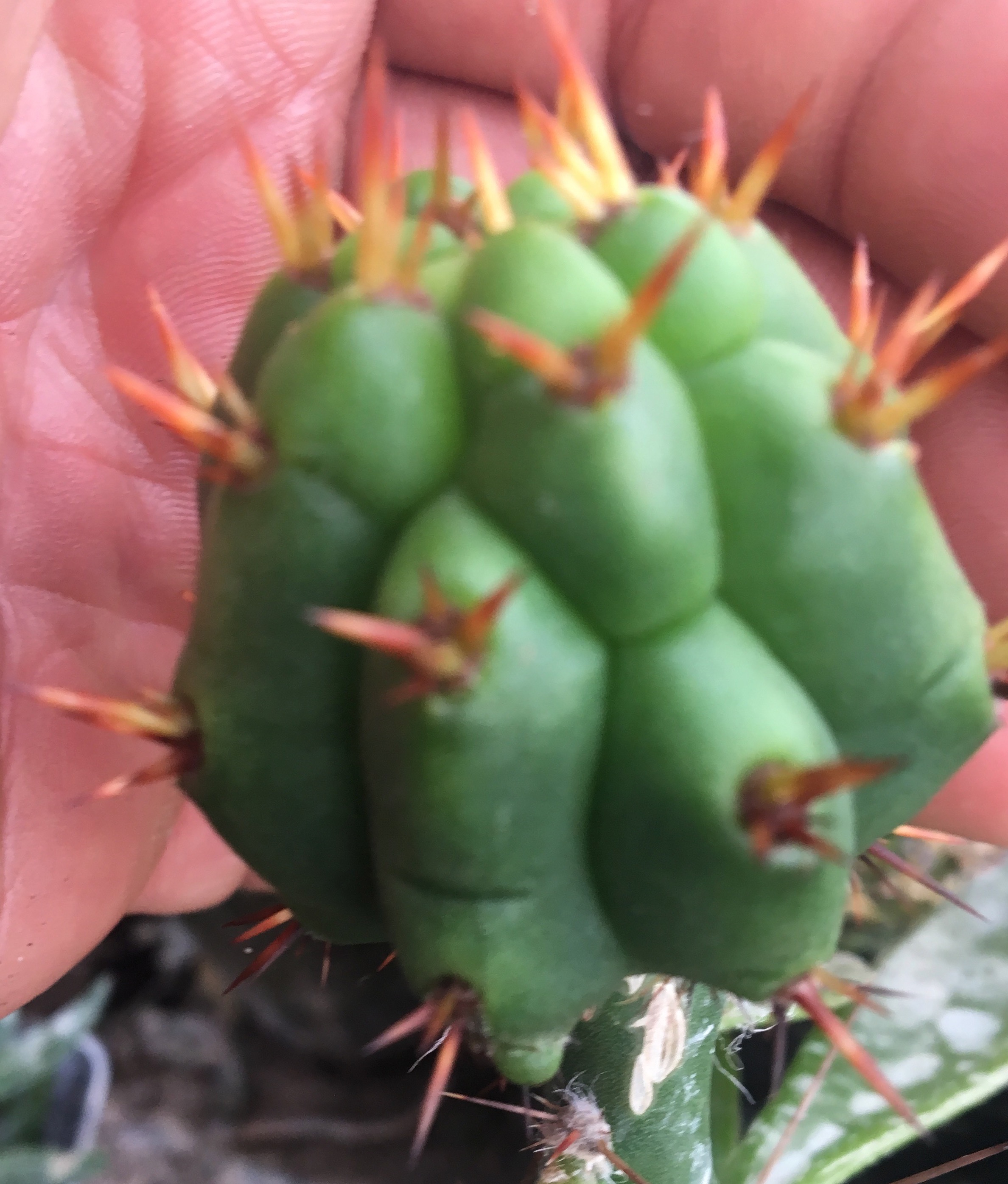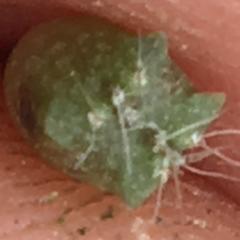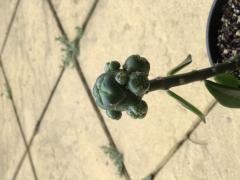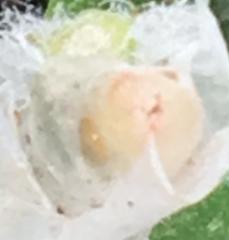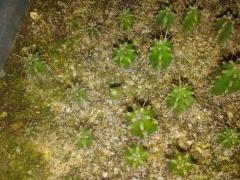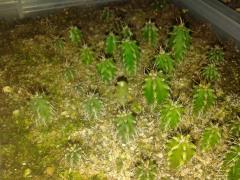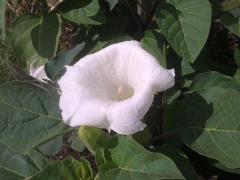-
Posts
1,233 -
Joined
-
Last visited
-
Days Won
44
Content Type
Profiles
Forums
Events
Blogs
Gallery
Store
Everything posted by Inyan
-
- 17 comments
-
- 1
-

-
- trichocereus
- cotyledon
-
(and 3 more)
Tagged with:
-
From the album: Trichocereus Freaks
Tetracotyledon seedling grafted 23 October 2017. Here is hoping she maintains something of a freakish nature. Only time will tell.- 17 comments
-
- 3
-

-
- trichocereus
- cotyledon
-
(and 3 more)
Tagged with:
-
4 cotyledon seedling was noticed today. Appears to be the only one I've had out of this bunch so to the grafting board. Here is hoping it maintains some freakish qualities.
-
Here is what I have. I am interested in trading for pachanoi seeds that I don't already have. T. macrogonus x T. bridgesii Lumberjack) T. bridgesii Bertha x T. scopulicola T. peruvianus x T. validus (T. bridgesii ss02 x T. peruvianus ss01) x T. pachanoi Jessica
-
Seems a little pricey. I have a few variegates in my collection. Now, I'm wondering if I could get a similar price for my variegated crested specimens. Crazy...
-
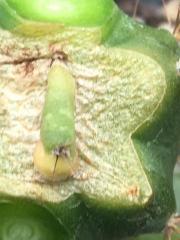
Zelly's trich crosses, got pics? post here please
Inyan replied to mushroomman's topic in Cacti & Succulents
@Pedropark, you have me more than a little excited with this monumental task you are trying to bite off by yourself. Admittedly, I don't know anything about creating a website either. With that being said, could it also be possible for other members to submit pictures of any noteworthy crosses that could then be reviewed to ensure those crosses went to the right area/cross? If possible, and I may be just dreaming here... could the website possibly have the ability to search by keywords like crested, variegated, etc. allowing you to cross reference easily those crosses that have yielded high numbers of variegaetes, crested, etc? This may be more than your thinking about doing and I certainly don't want to overwhelm you with idea's, but you've got a fellow truly amazed by your willingness to take on such a monumental task and here I am trying to toss more ideas on top of that. Still, better to be heard and tossed away as too difficult or absurd rather than to not be heard and wished something simple had of been implemented earlier. Thank you for the work you have already shared. It is truly appreciated. Here is one site's searchable data base for flowers... if it might help. http://www.daylilies.org/DaylilyDB/?advanced -

Zelly's trich crosses, got pics? post here please
Inyan replied to mushroomman's topic in Cacti & Succulents
Holy cow that is brilliant @Pedropark. That is one crazy list as well you have already compiled. -

Zelly's trich crosses, got pics? post here please
Inyan replied to mushroomman's topic in Cacti & Succulents
@Pedropark I figured someone must have compiled a master list of what to expect out of some of these crosses? -
-

Zelly's trich crosses, got pics? post here please
Inyan replied to mushroomman's topic in Cacti & Succulents
Thanks for the heads up Pedropark. Where is the master list so I can tell if what I am getting is different or not different? That is what I need. Who has the list of what each variety tosses out? -
I agree, I like em big phat and juicy. I like em chunky. I like em big. I like em plumpy. I like em chunky, chunky, chunky. I like em big. I like em blue. Plump that funky chunky! On that note, one of my baby phat girls gets an update today. Her picture for you all to admire. She has a little validus and peruvian in her step.
-
Christmas with Amanitas is fun indeed. Black and red paper for spore prints as otherwise the white spores are hard to seeAnd one picture of them in their natural habitat. Found these old photo's of mine floating and thought I would share them here with you guys and gals. Spore prints either laid out under pine trees in the forest or mixed with water and sprayed around pine forests. Mother nature takes care of the rest.
-

Zelly's trich crosses, got pics? post here please
Inyan replied to mushroomman's topic in Cacti & Succulents
Okay, brand new baby here. Her thin veil should be ready to come off in a week or two. Trichocereus bridgesii (Helen x Bertha) Looks like we have a new variegated specimen although the chlorophyl is very minimal. -
From the album: Trichocereus Freaks
Trichocereus bridgesii (Helen x Bertha) Looks like we have a new variegated specimen. This one is lightly dotted with chlorophyl..- 2 comments
-
- trichocereus bridgesii
- helen
-
(and 1 more)
Tagged with:
-
Guess there is no love for Homo naledi?
-

Zelly's trich crosses, got pics? post here please
Inyan replied to mushroomman's topic in Cacti & Succulents
Those flowers are to die for. -
-
Humans are adaptable... I'll give you. However, I'm not sure being gay is a choice. If it is... I'd have to ask when you made the choice to be attracted to whatever sex your attracted to. Now, I will totally give you that acts are choices, but who you are attracted to... I don't see that as a choice.
-
-
-
Those stock Pereskiopsis of yours are looking fiercely healthy. I'm not sure how you could fail with such nice stock plants. From what I can tell, your seedlings were not just one or two weeks old. Please correct me if I am wrong. That cling wrap works great for older seedlings and can be used for much younger seedlings by those who are adept, I prefer to use parafilm though myself when grafting seedlings under 2 weeks or I simply go without any wrap altogether. All in all though, I am very impressed with your grafting skills. Those who can't do critique. Those who do... well you do very well.
-
-
